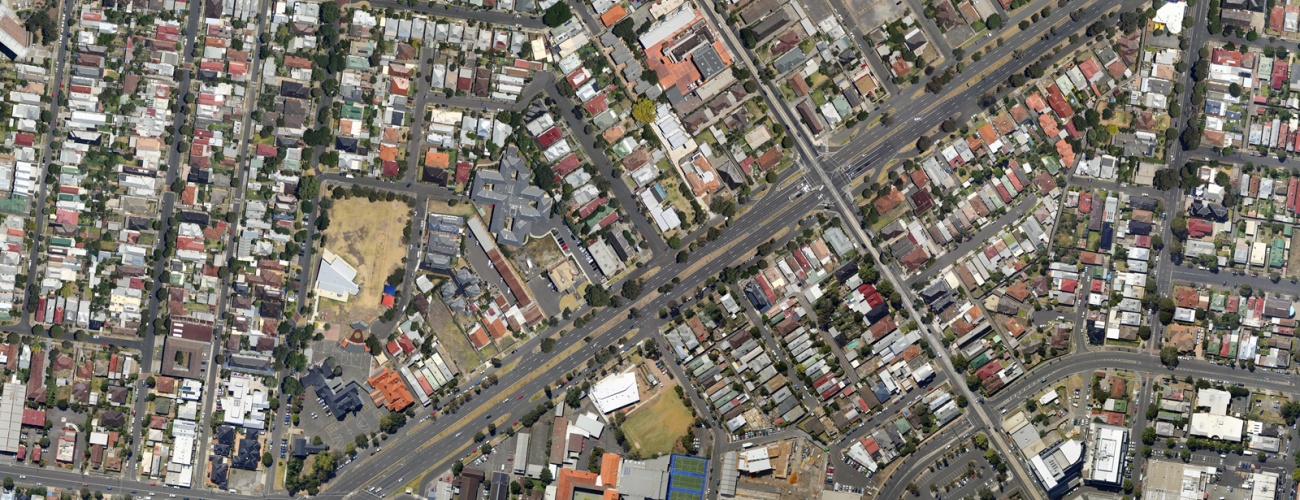Analytical models for traffic design, operations and planning practice facilitate better knowledge and understanding of the laws that rule traffic movements (as distinct from, but based on, the behaviour of individual vehicles and their relationships) and the interactions of those movements in a complex traffic system. Watching an animation, even if it is a perfect replication of the real-life conditions, does not reveal those laws to a modeller who does not have adequate knowledge based on concepts developed by decades of traffic science.
The SIDRA NETWORK model uses lane-based algorithms for traffic and transport planning, management, design and operations purposes. These algorithms provide extensive performance output for
- multimodal traffic analysis allowing the modeling of all transport users including pedestrians, cyclists, buses, tram / light rail, cars and freight vehicles,
- traffic impact assessments,
- geometric design of roundabout corridors with other types of nearby intersections,
- efficient operation of traffic signal control systems,
- environmental assessments and
- development of balanced Movement and Place solutions.
Benefits of the NETWORK Model
SIDRA INTERSECTION offers a powerful NETWORK Model:
- This allows users to model a Network with up to 50 Sites and no limit on the number of Networks modelled.
- It is recommended for detailed modelling of paired intersections as well as alternative intersections and interchanges.
- Network Templates make setting up complex intersection and interchange designs easier and less time consuming.
